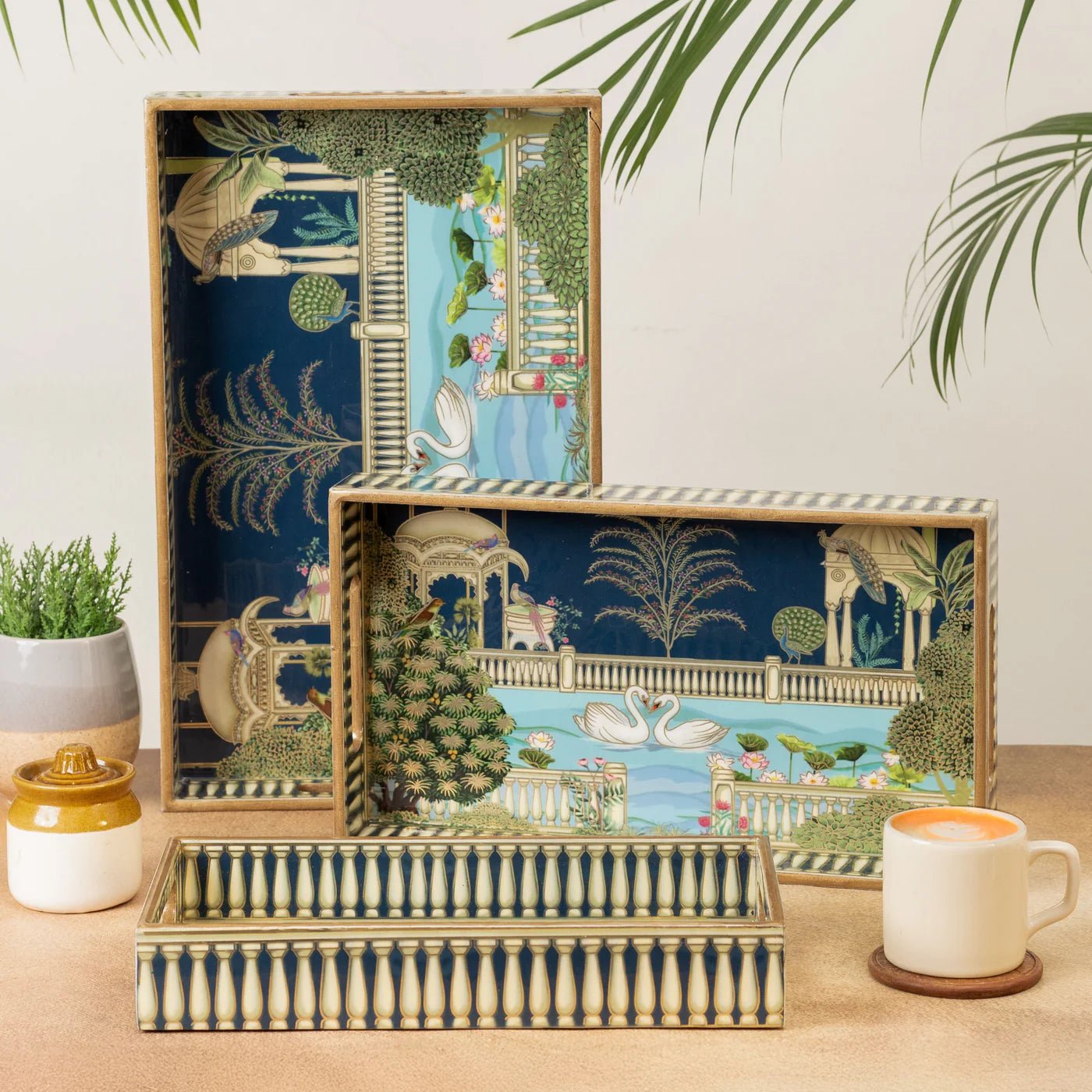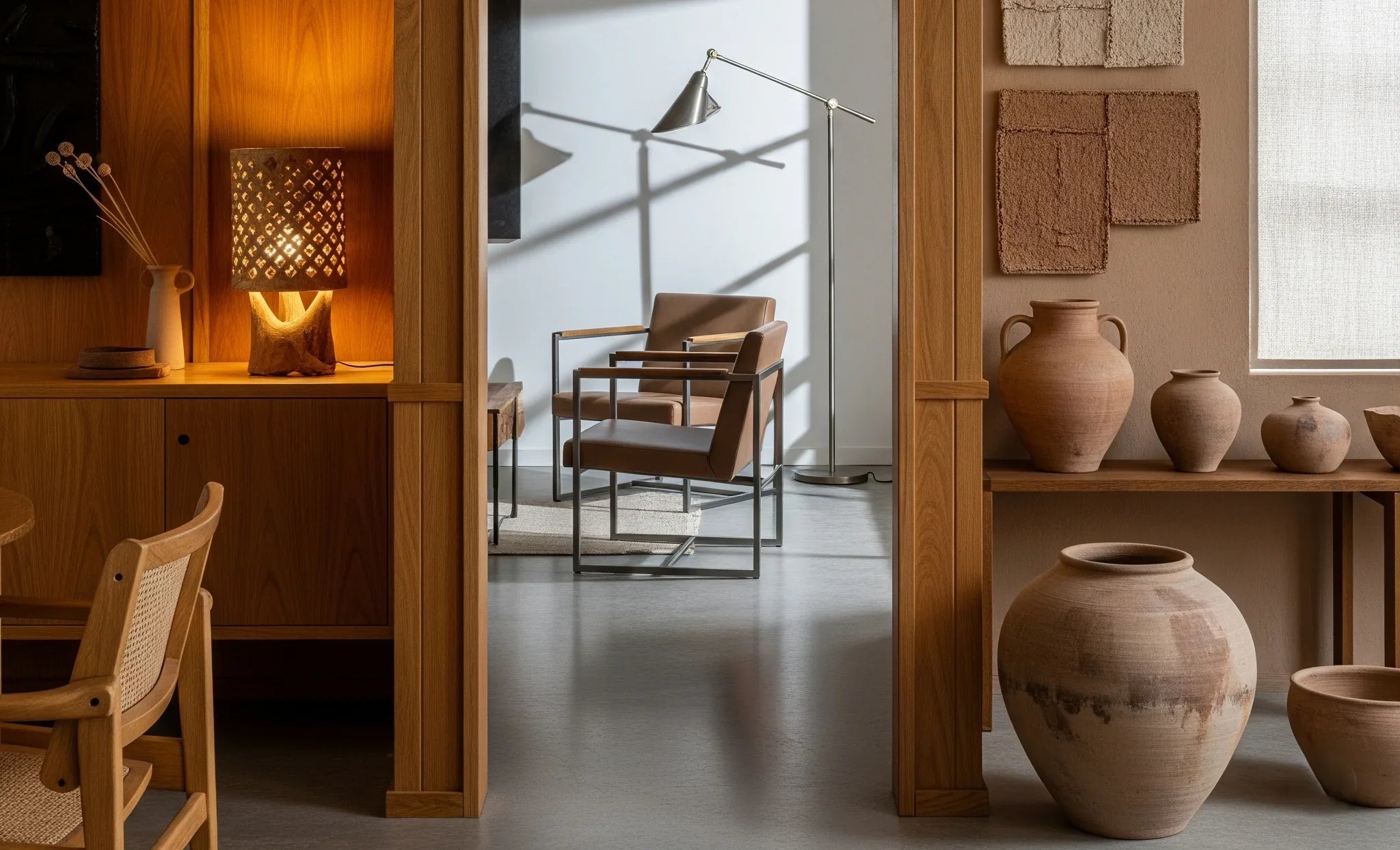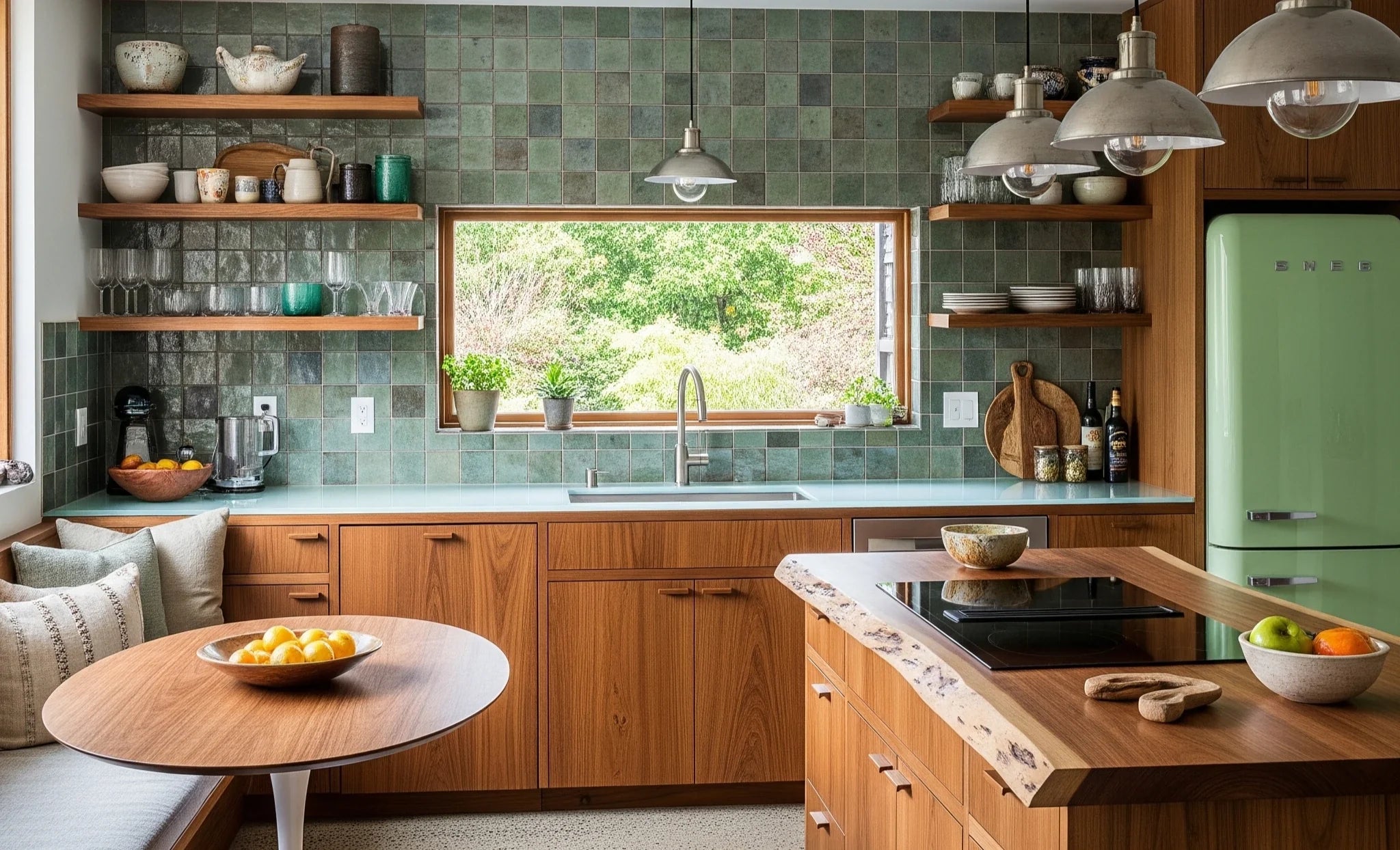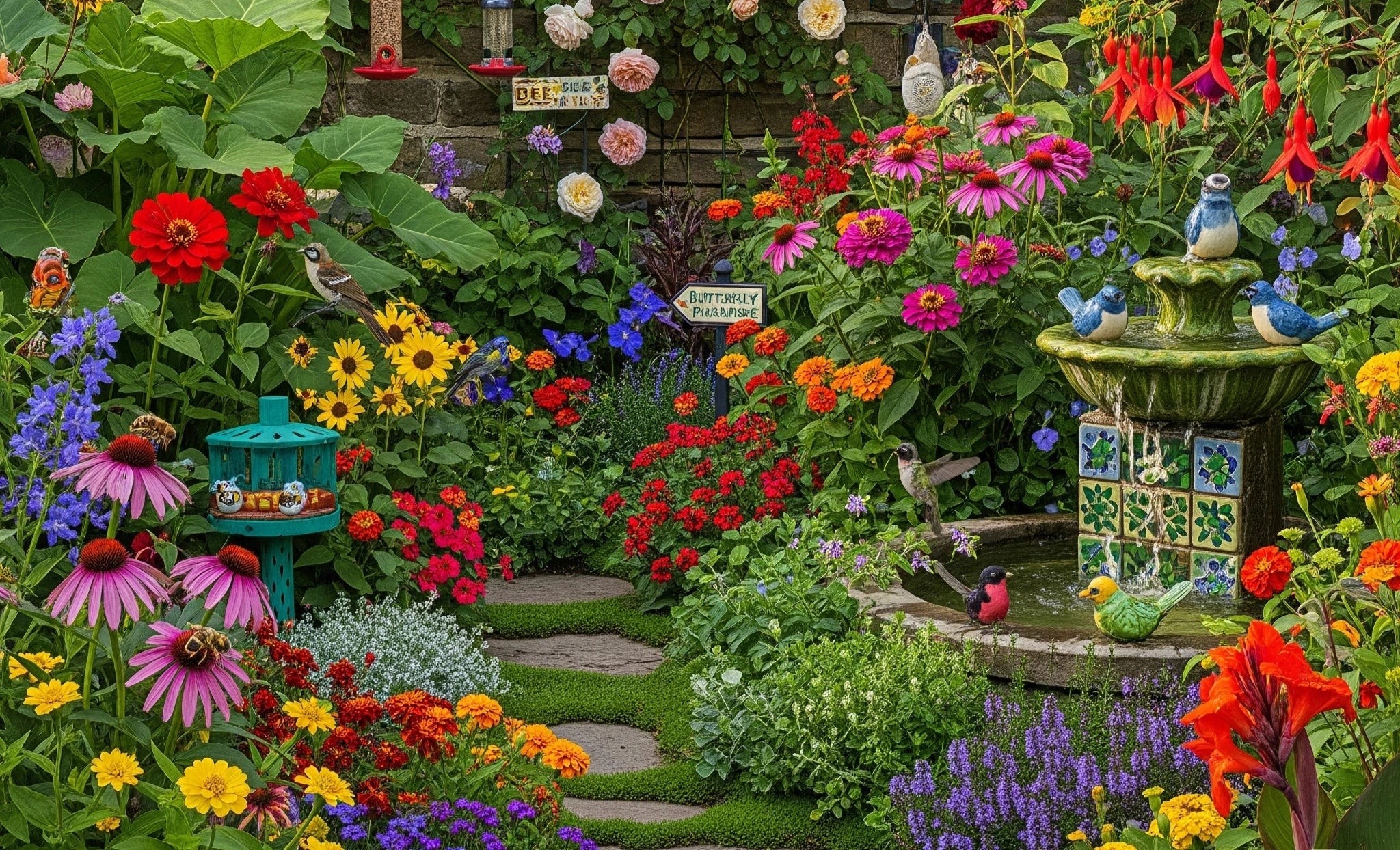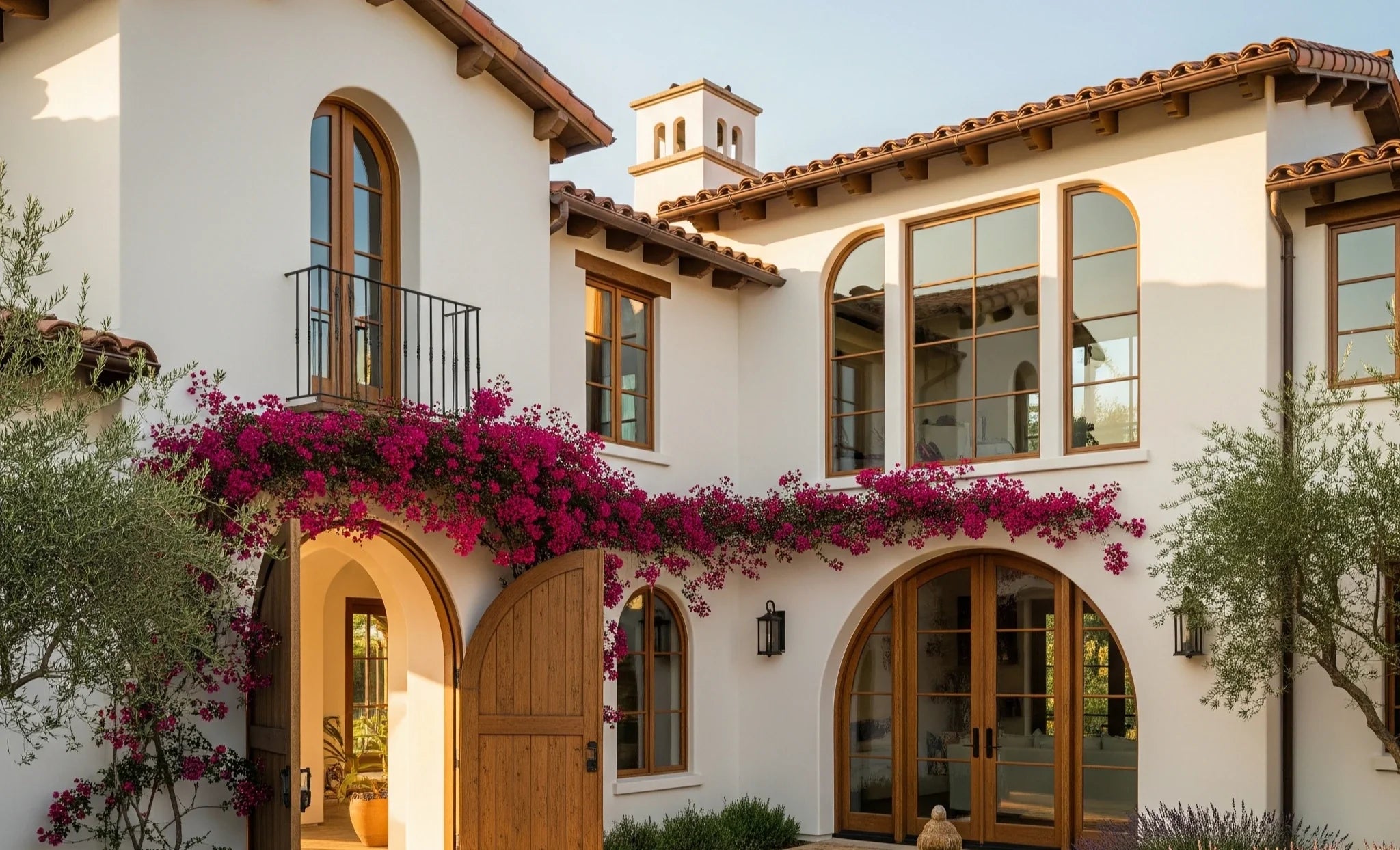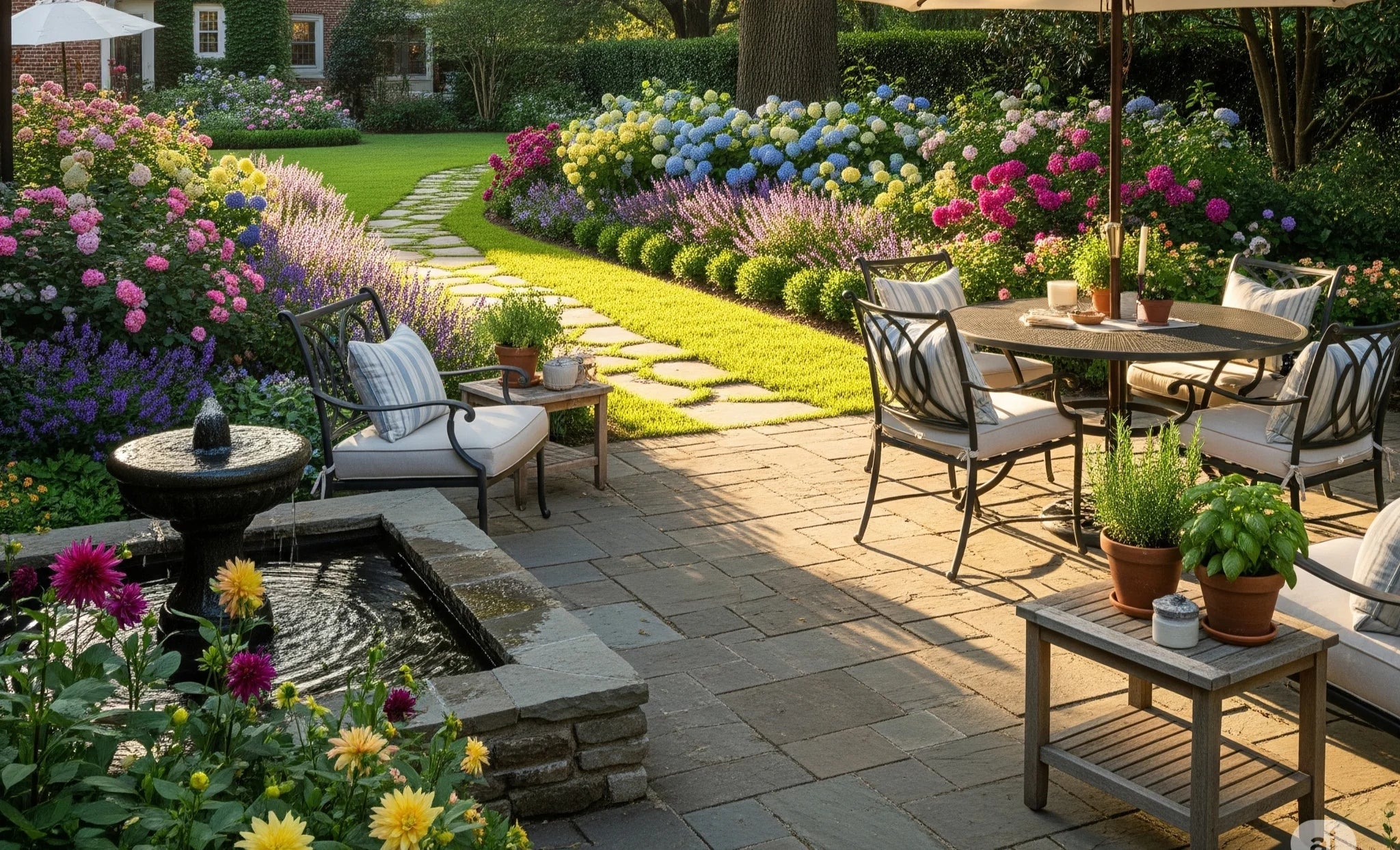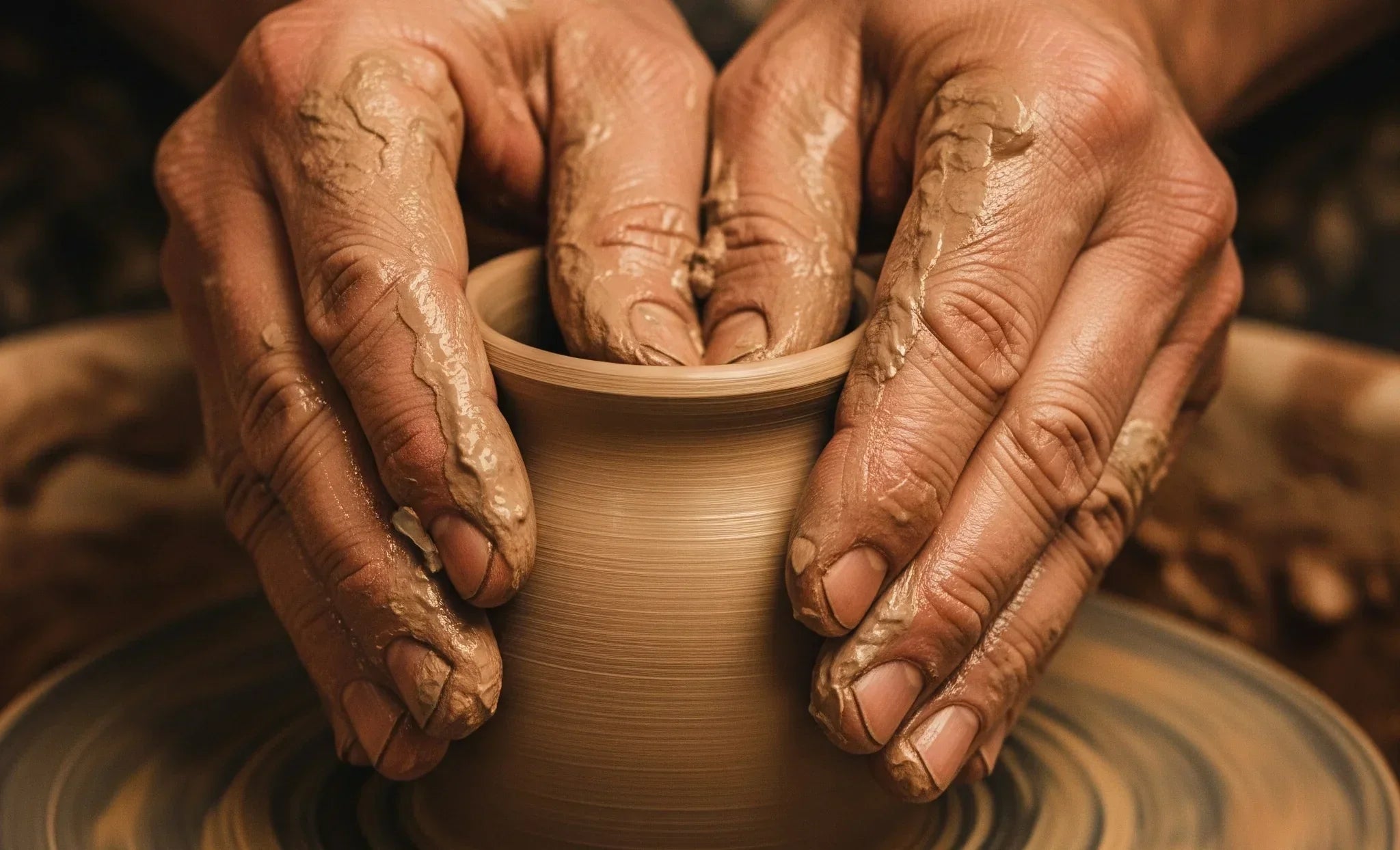
Handcrafted vs. Mass‑Produced: Why Artisan Decor Is the New Luxury
In an era dominated by automation, plastic, and mass production, home design is entering a soulful renaissance. Handcrafted home décor—once considered niche or rustic—is now emerging as the new standard for luxury.
This shift isn’t just aesthetic. It’s emotional, ethical, and deeply personal.
🎨 The Handmade Difference: A Story in Every Stitch
When you choose handcrafted decor, you’re not just picking a product off a shelf. You’re investing in a story. A piece lovingly shaped by an artisan's hands, influenced by cultural tradition, and made in harmony with the environment.
Unlike factory-made goods, which are created in bulk with uniformity in mind, each handcrafted item carries slight variations—making it one-of-a-kind.
As noted in a Burst Living article, handmade décor offers warmth, authenticity, and quality—elements that simply can’t be mass-produced.
💎 Why Handcrafted is the New Definition of Luxury
1. Authenticity and Uniqueness
When you walk into a space filled with handcrafted decor—be it woven wall art, hand-thrown ceramics, or hand-carved wood furniture—you feel its soul. No two pieces are identical. That uniqueness is the essence of modern luxury.
2. Superior Craftsmanship and Longevity
Mass-produced items often prioritize cost and speed over durability. In contrast, handcrafted items are built with care, designed to last, and made using traditional techniques passed down through generations. Dreamy Walls highlights how handmade items tend to age gracefully, gaining character over time.
3. Sustainable and Ethical
Handcrafted decor is usually made in small batches, often using recycled, natural, or responsibly sourced materials. It supports local economies, minimizes waste, and helps preserve cultural heritage.
This aligns with the growing design trend of slow decorating—a movement toward intentional, eco-conscious styling. According to Better Homes & Gardens, slow decorating encourages consumers to buy less, but better—focusing on long-term value over trend-chasing.
🌏 Empowering Artisan Communities
When you choose handcrafted items, you're also contributing to social good.
Take the example of LIKHÂ, a brand working with Filipino artisans to create beautiful home decor while offering dignified income and cultural preservation. The Spruce shares how artisan partners often earn 41% more than in alternative employment options—making craftsmanship a path to empowerment.
It’s a powerful reminder that behind every handmade product is a real person—and often, a family or village—whose livelihood depends on your support.
🏠 How to Style Artisan Pieces at Home
You don’t need to overhaul your entire space. Here’s how to integrate artisan decor for maximum impact:
-
Feature handmade pieces as focal points—like a hand-carved wooden mirror or a textured ceramic vase.
-
Mix artisan with modern: Pair handcrafted cushions or throws with clean-lined contemporary furniture.
-
Adopt the slow decorating mindset: Build your space gradually. Choose items that resonate with you deeply rather than rushing to fill every corner.
According to Better Homes & Gardens, today’s collectibles aren’t just art or antiques—they’re handcrafted everyday objects that reflect your personal journey and taste.
✨ Final Thoughts
In the choice between handcrafted vs. mass-produced, the future of home decor leans toward intention over impulse, story over sameness, and sustainability over speed.
Mass production may win on cost and convenience—but true luxury lives in the hands of makers.
So next time you shop for your home, ask yourself:
Do I want something that fills space?
Or something that fills the heart?



